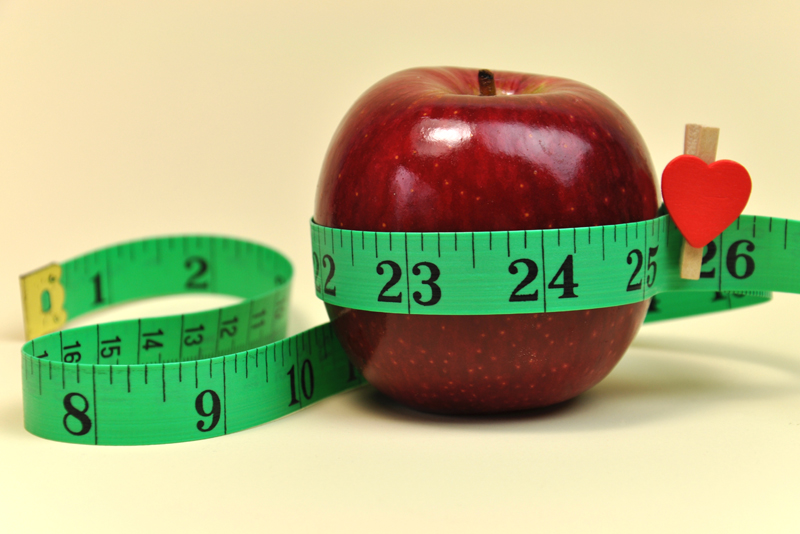Hemoglobin Saturation

Hemoglobin Saturation is in essence the amount of oxygen our blood is carrying around to our brain, our organs, and other vital parts of our body. High altitude and other situations can compromise the amount of oxygen our blood brings.
First, a brief discussion about how blood works. Your heart pumps, and with each pump of your heart, your blood circulates around your body. The blood goes through the lungs and fills up with oxygen. Then it carries this oxygen around with it, like a train carrying cargo, dropping it off along the way at its various stops. When the blood gets back to the heart it is given a fresh pump and sent off into the lungs again.
Your blood is not just one thing. You probably remember red blood cells and white blood cells from your biology class. Your blood has different components. One component is the hemoglobin which is a part of the red blood cells. It is this hemoglobin which carries the oxygen with it. When the hemoglobin is full of oxygen it's called oxyhemoglobin.
This brings us to hemoglobin saturation. The amount of oxygen that gets into the hemoglobin can affect your body's health. Let's imagine that the hemoglobin is damaged for some reason and can only carry 10% of its normal oxygen load. It's going around your body, delivering oxygen as best it can, but your brain, your liver, and your other body parts are all starving for oxygen. It's important for your hemoglobin saturation to be working properly, so your body can get the oxygen it needs.
This actually happens at high altitudes. Your blood cells carry less oxygen in each cell the higher you go. If you stay at that higher altitude for a long enough time, your body reacts by making more red blood cells. So your body tries to ensure that a stable amount of oxygen is still circulating in your system.
Your body of course can only crank out so many red blood cells. There is a very real "death zone" - above a certain point your body can't keep up. So over about 26,000 feet you cannot live long term. You can only go up to visit.
Athletes even take advantage of the body's actions at high altitude. They deliberately go up to a higher altitude, so their body makes more red blood cells in compensation. Then when they go down to normal levels, they in essence they have more red blood cells in their body than other athletes, and therefore more oxygen to power their muscles.
When your blood first picks up oxygen, the hemoglobin saturation can be at 98%. By the time your blood goes around delivering oxygen, it's down to about 75%. If you exercise heavily you can even get it down to the 25% range.
Fingertip devices - that read levels through your fingernail - can tell you what your oxygen saturation levels are.
To determine your own oxygen saturation levels, you'll want to get a Finger Pulse Oximeter.

Lisa Shea's Library of Low Carb Books
First, a brief discussion about how blood works. Your heart pumps, and with each pump of your heart, your blood circulates around your body. The blood goes through the lungs and fills up with oxygen. Then it carries this oxygen around with it, like a train carrying cargo, dropping it off along the way at its various stops. When the blood gets back to the heart it is given a fresh pump and sent off into the lungs again.
Your blood is not just one thing. You probably remember red blood cells and white blood cells from your biology class. Your blood has different components. One component is the hemoglobin which is a part of the red blood cells. It is this hemoglobin which carries the oxygen with it. When the hemoglobin is full of oxygen it's called oxyhemoglobin.
This brings us to hemoglobin saturation. The amount of oxygen that gets into the hemoglobin can affect your body's health. Let's imagine that the hemoglobin is damaged for some reason and can only carry 10% of its normal oxygen load. It's going around your body, delivering oxygen as best it can, but your brain, your liver, and your other body parts are all starving for oxygen. It's important for your hemoglobin saturation to be working properly, so your body can get the oxygen it needs.
This actually happens at high altitudes. Your blood cells carry less oxygen in each cell the higher you go. If you stay at that higher altitude for a long enough time, your body reacts by making more red blood cells. So your body tries to ensure that a stable amount of oxygen is still circulating in your system.
Your body of course can only crank out so many red blood cells. There is a very real "death zone" - above a certain point your body can't keep up. So over about 26,000 feet you cannot live long term. You can only go up to visit.
Athletes even take advantage of the body's actions at high altitude. They deliberately go up to a higher altitude, so their body makes more red blood cells in compensation. Then when they go down to normal levels, they in essence they have more red blood cells in their body than other athletes, and therefore more oxygen to power their muscles.
When your blood first picks up oxygen, the hemoglobin saturation can be at 98%. By the time your blood goes around delivering oxygen, it's down to about 75%. If you exercise heavily you can even get it down to the 25% range.
Fingertip devices - that read levels through your fingernail - can tell you what your oxygen saturation levels are.
To determine your own oxygen saturation levels, you'll want to get a Finger Pulse Oximeter.

Lisa Shea's Library of Low Carb Books

Related Articles
Editor's Picks Articles
Top Ten Articles
Previous Features
Site Map
Follow @LisaLowCarb
Tweet
Content copyright © 2023 by Lisa Shea. All rights reserved.
This content was written by Lisa Shea. If you wish to use this content in any manner, you need written permission. Contact Lisa Shea for details.










